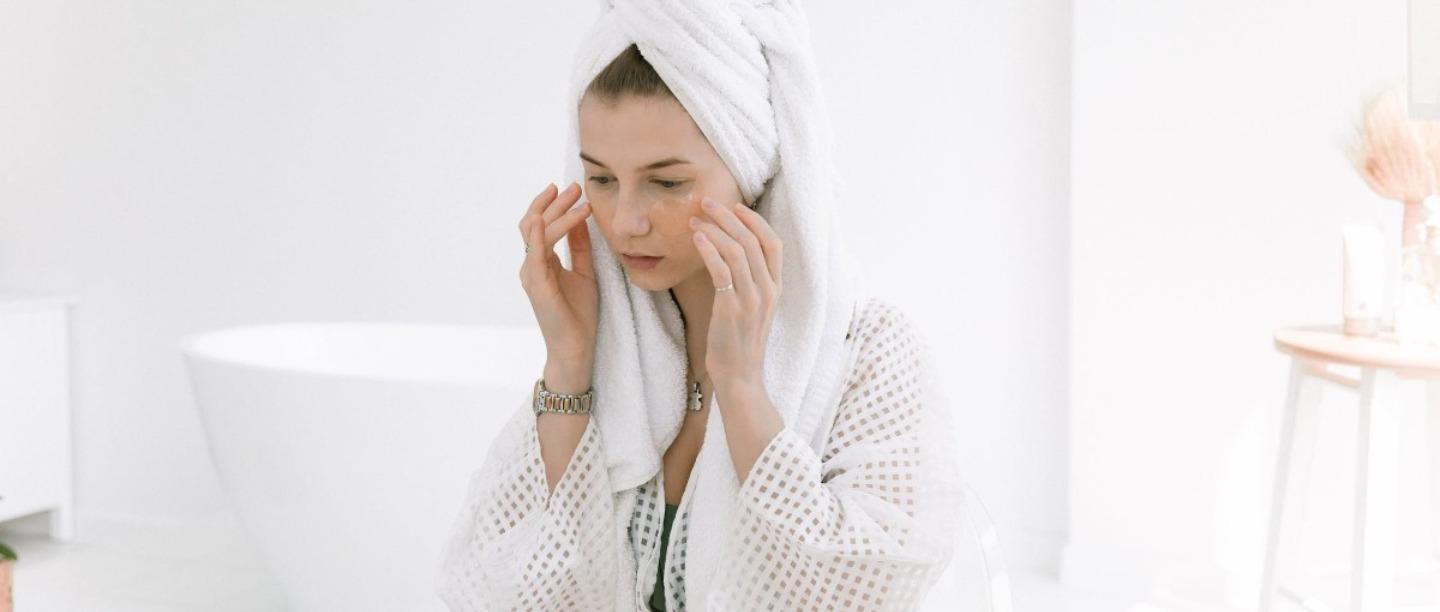If you’re new to the beauty-verse, the word chemical peels may sound scary to you but don’t fret cause they’re actually really beneficial to your skin when done with care and caution. So, if you’re constantly looking at yourself in the mirror and wondering if you can peel off the topmost layer of your skin which is ridden with breakouts, lines, and acne scars to reveal a fresh and glowing complexion, then chemical peels are just the thing for you.
To give you an understanding of what these are, we spoke to Dr Sunita Naik, Senior Consultant at Kaya Clinics and she shared some valuable insights with us.
What are chemical peels?
“Chemical peels are the most commonly performed cosmetic dermatological procedure across the world with complications being almost rare. These are pH-balanced acidic solutions derived mostly from natural sources. They help to control acne, acne scars, pigmentation, fine lines, open pores, and skin rejuvenation. Different depths of peels are chosen in accordance with the skin concern,” says Dr Naik.
Basically, chemical peels remove the superficial dead skin layers by exfoliation, reduces tanning and pigmentation by dispersing melanin, and controls sebaceous gland secretion thus treating oily skin. They also stimulate collagen and elastin remodelling and hence help in anti-aging and wrinkles.
Are they safe for all skin types?
Superficial chemical peels are absolutely safe in Indian patients whereas medium depth peels are done with appropriate care. Deep peels are not recommended routinely for Indian skin. For dry and atopic skin, good moisturisation is needed before going for the peel.

What are the different types of chemical peels that one can do?
Dr Naik says, “AHAs and BHAs are the most commonly used superficial peels. Glycolic acid is a naturally occurring alpha-hydroxy acid and is commonly used for uneven skin tone, acne, and rejuvenation. Salicylic acid is a beta-hydroxy acid commonly used for oily skin, pimples, and rosacea. TCA is a widely used peel for melasma and photo pigmentation. Various other peels like black peel, pumpkin peel, yellow peel, etc are used too. For skin brightening mango peel, vitamin C peel, etc can also be used.”
How often should we get them done?
For acne and pigmentation, peels are needed in two phases: the intense phase and the maintenance phase. In the intense phase, peels can be done with a gap of 2-3 weeks whereas, for the maintenance phase, the gap can be increased to 4-6 weeks.
For rejuvenation, peels can be done once a month and certain peels like pre-party peels can be done occasionally.
Are there any dos and don’ts to keep in mind while getting them?
“All peels are acidic in nature and hence cause mild itching, stinging, or burning upon application. Hence, it is of importance to have moisturised the skin before starting the peel. Regular use of sunscreen is a good practice while undergoing peeling. One should follow their dermatologist’s instructions to hold on to their topical medication before coming in for a peel,” informs Dr Sunita Naik.
Any precautions one needs to take post the treatment?
The expert says that with superficial peels, regular moisturisation, and application of sunscreen are sufficient. This is because exfoliation makes the skin sensitive to sunlight. For medium-depth peels, avoiding excessive sun exposure is a must and one should avoid pulling out the peeling skin hence, sunscreen with SPF 15-30 is advisable. Steam, sauna, swimming, and exercise are to be avoided for a few days after peel depending upon the type of peel used.
Immediate application of makeup aside from the eye and lip area after the peel is not advised. A mild face wash is recommended after the peel.
How much do peels cost?
Since there are various types of peels, the cost varies from Rs.2000 to Rs.4000 per session. If peels are billed in a package of 4 or 6, they are more cost-effective.
How long does it take to see results?
“Skin is a multi-layered organ, multiple sessions are required to treat any skin concern and though positive changes are observed after the first session itself, a good improvement will be seen only after 3-4 sessions. Peels such as skin brightening peels or pre-party peels can show results with only one session,” she adds.

Can you use chemical peels at home?
“Peels being acidic in nature, adequate eye protection is required during the procedure. Early detection of frosting and neutralization plays a very important role to avoid any post-inflammatory pigmentation after the peels. It can be dangerous to be performed by oneself at home and hence should be avoided,” says the doctor.
Now while the in-clinic peels can’t be performed without the supervision of a medical professional, there are a lot of at-home treatments that you can try. An at-home chemical peel is not going to be as potent as the in-clinic one, but they are fairly safe to use at home. Just take the precautions listed on the label and you’ll be fine.
Just keep these in mind before you try this at home:
- Use a gentle cleanser before your peel
- Do a patch test first if you are unsure how your skin will react
- Avoid using other products containing AHA, BHA, or retinol at least a week before using the chemical peel
- Apply a broad-spectrum sunscreen with SPF 30 to protect the skin from the sun
- Hydrate your skin after the peel. Look for ingredients like hyaluronic acid, ceramides or antioxidants or peptides.
Now that you’re all set with all the scoop on chemical peels, we hope you will perform them with caution.
Have a happy skin day!
Featured Image: Pexels








